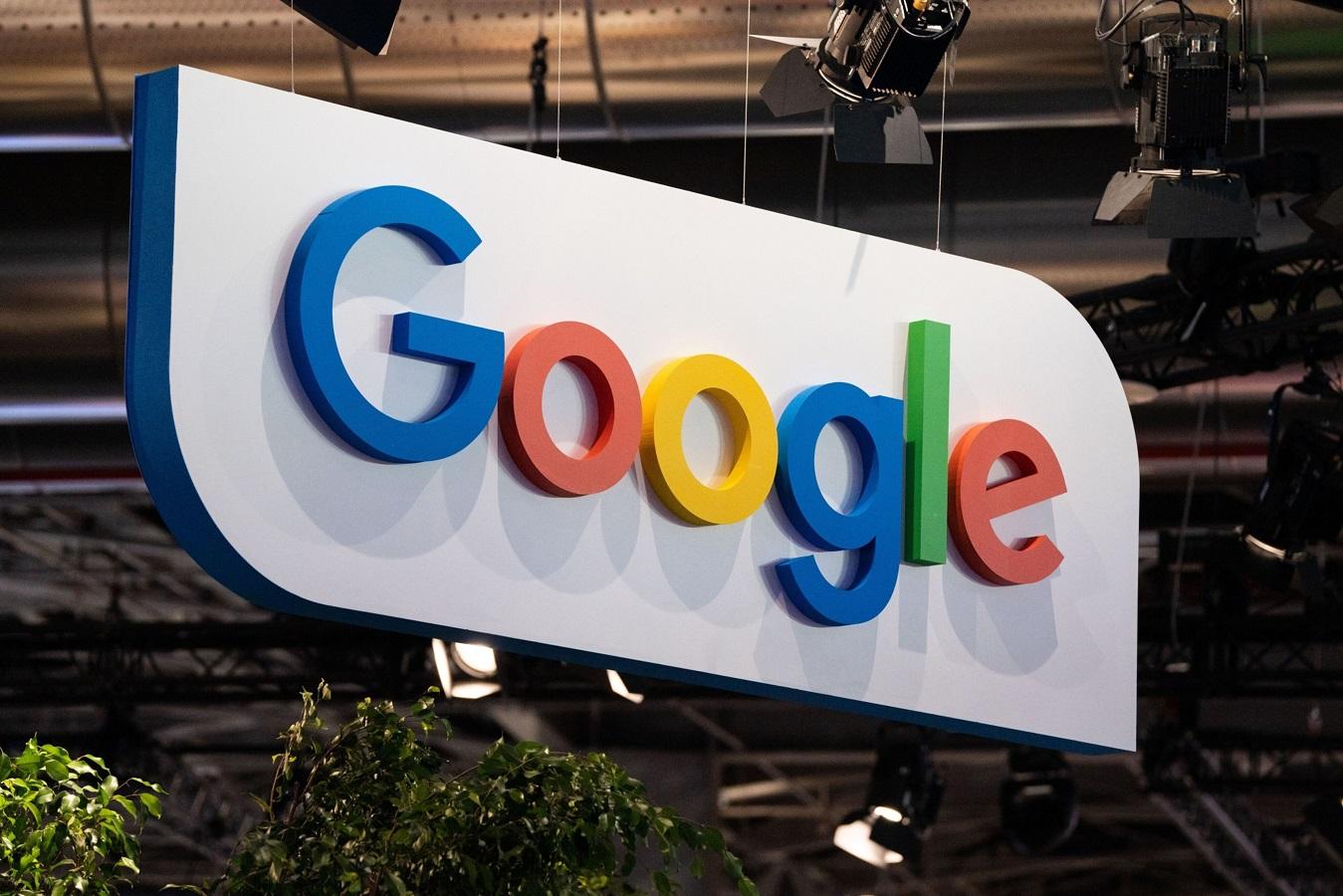Google on Tuesday enabled its artificial intelligence (AI) chatbot Bard to scan through user data of its popular apps like Gmail, Maps, YouTube, Docs, and Drive – based on consent – for more customised use cases. Though still at the experimental level, this is the biggest move so far to combine generative AI capabilities with the consumer services of the search giant.
The new features allow users to use Bard as a one-stop solution for purposes like double-checking its responses and summarising emails. It can also fetch relevant information from various apps like Maps, YouTube, Drive, Docs, as well as Google Flights and Hotels.
Also Read: Google’s AI chatbot Bard now available for users with Workspace accounts
“Today we’re rolling out Bard’s most capable model yet. Bard now integrates with Google apps and services for more helpful responses. We have also improved the ‘Google it’ feature (in Bard) to double-check Bard’s answers, and expanded access to more places,” Yury Pinsky, director of product management at Bard, said in a blog post.
Launched in March this year, the conversational AI tool from Google was seen as a move to take on the popular tool ChatGPT by Microsoft-backed OpenAI. Close to 200 million users visited Bard, lagging far behind ChatGPT, according to data from Similarweb, a data analysis firm.
Microsoft in May rolled out its early access programme for Microsoft365 co-pilot tool to integrate OpenAI’s image generator tool DALL-E into PowerPoint to create custom images supporting their content among other features. The programme remains in the invitation-only paid preview version.
The new feature of Google Bard will also allow shared conversations. Users can create a public link to share Bard’s chat and let others continue the conversation and ask Bard additional questions about that topic or use it as a starting point for their ideas.
Some of the interesting use cases of the extensions shared by Google include that of organising a group trip. Users can ask Bard for available dates that work for everyone, as per the data in their apps and also look up real-time flight and hotel information. It can also access Google Maps to offer directions to the airport, and even informative YouTube videos on the same.
Google says the entire process will continue to happen in a privacy-preserving way.
“If you choose to use the Workspace extensions, your content from Gmail, Docs and Drive is not seen by human reviewers, used by Bard to show you ads or used to train the Bard model. And of course, you’re always in control of your privacy settings when deciding how you want to use these extensions, and you can turn them off at any time,” Pinsky added in his blog.
All of these new features will work on the latest version of Google’s foundation AI model PaLM 2. The company said it has been improving the system based on user feedback and new learning techniques to make it more intuitive and imaginative.
Note:- (Not all news on the site expresses the point of view of the site, but we transmit this news automatically and translate it through programmatic technology on the site and not from a human editor. The content is auto-generated from a syndicated feed.))



